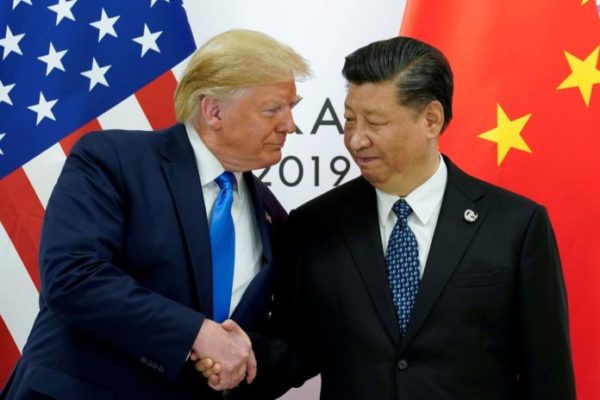While the African Continental Free Trade Area (AfCFTA), although having reached its minimum threshold of ratification, is struggling to get out of the rut (because, it is argued, of the coronavirus) China, Japan, South Korea, Australia, New Zealand and the countries of the Association of Southeast Asian Nations (ASEAN), in a virtual conference on November 15, 2020, launch the largest free trade area in the world in terms of GDP and populations, with 2 billion inhabitants, or 30% of the world population.
Important point to sign, the Regional Comprehensive Economic Partnership (RCEP), under negotiation for ten years, was achieved without the United States of Donald Trump. The latter, barely taking his oath, had torpedoed, in January 2017, with large reinforcements of slogans, the largest competing project to the RCEP, namely the Trans-Pacific Free Trade Treaty (TPP), promoted by its Democratic predecessor, Barack Obama, whom he wanted to forget at all costs.
In fact, Donald Trump had opened a boulevard for China. Aligned with the US, the India of Prime Minister Narendra Modi, an ultra-nationalist who threatens peaceful coexistence between Hindus and Muslims, had withdrawn from RCEP. After ten years of negotiations, it is the effectiveness of Chinese diplomacy that prevails over the American unilateralism of the past four years and the following of New Delhi.
The birth certificate of the Regional Comprehensive Economic Partnership (RCEP) will gradually lower the tariffs applied to most goods traded in the region. The agreement encompasses intellectual property but excludes protection of workers and the environment, which shows its capitalist inspiration.
The agreement therefore concerns the ten ASEAN states – Indonesia, Thailand, Singapore, Malaysia, Philippines, Vietnam, Burma, Cambodia, Laos and Brunei – and China, Japan, South Korea, Australia and New Zealand. India could join the deal later.



